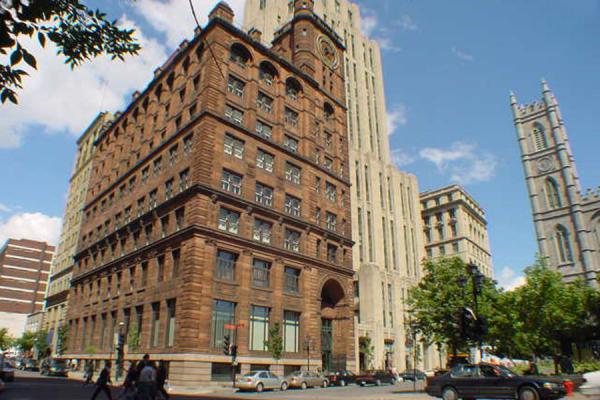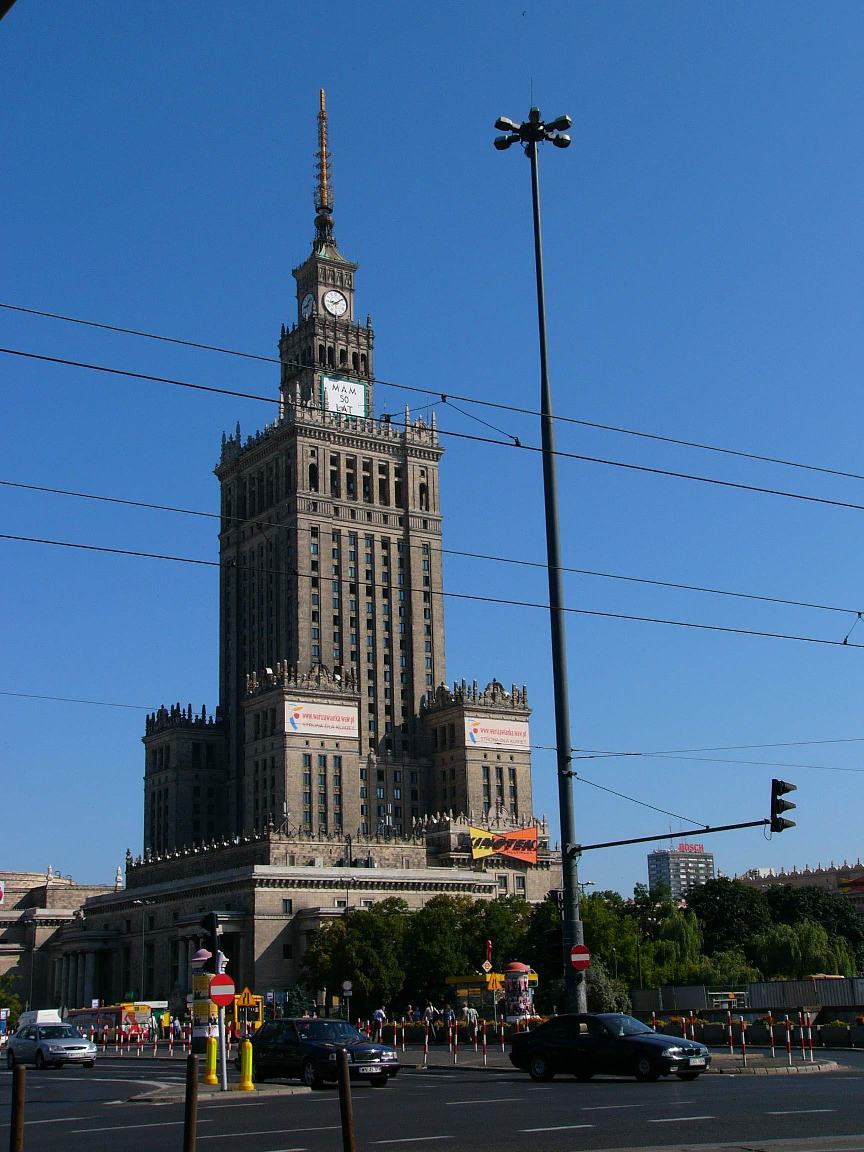

The Home Insurance Building is an example of the Chicago School of Architecture. The building weighed only one-third as much as a masonry building would have city officials were so concerned, they halted construction while they investigated its safety. The exterior now could be nothing more than a "curtain wall," made almost exclusively of glass. The building's outermost iron columns were clad in masonry, but solely to fireproof them.
#Oldest skyscraper chicago free#
To admit the maximum amount of natural light to the Home Insurance Building, architect William Le Baron Jenney used an internal cage of iron and steel to free the exterior from its load-bearing role.

#Oldest skyscraper chicago windows#
Additional floors required heavier, thicker walls, resulting in smaller windows and limited natural light-a significant disadvantage before the widespread use of electricity. In traditional construction, exterior walls, along with interior columns and beams, bore a structure's weight. In addition to being the first of a new generation of steel-framed skyscrapers built in cities across America and the world, the building set the standard for various other building innovations, including rapid, safe elevators, wind bracing and modern plumbing. In 1890, two additional floors were added at the top, bringing the total height to 180 feet (55 meters). During its construction, city authorities were so worried that the building would topple over that they halted construction for a period of time so that they could ensure its safety. It had 10 stories and rose to a height of 138 ft (42.1 m).

Because of the building's unique architecture and weight-bearing frame, it is considered one of the world's first skyscrapers. While the Ditherington Flax Mill was an earlier fireproof-metal-framed building and is sometimes considered to be the first skyscraper, it was only five stories tall. The building was the first tall building to use structural steel in its frame, but the majority of its structure was composed of cast and wrought iron. The building opened in 1885 and was demolished 46 years later in 1931. Completed a year later, the building is generally noted as the first tall building to be supported both inside and outside by a fireproof structural steel and metal frame, which included reinforced concrete. The Home Insurance Building was a skyscraper in Chicago designed by William Le Baron Jenney in 1884, for the Home Insurance Company in New York.


 0 kommentar(er)
0 kommentar(er)
